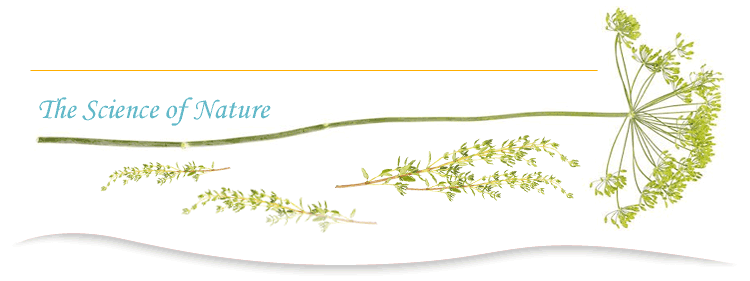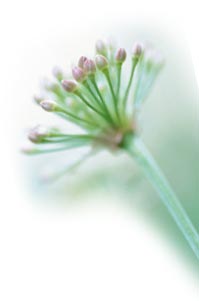

Lutein
Description
Lutein is part of a large group of antioxidant compounds called carotenoids, which also include vitamin A, alpha and beta carotene, zeaxanthin and lycopene. Lutein is found in high concentration in the eye, especially in the macula, the central part of the retina.
Function
Although the role of lutein is not totally understood, it appears that it has a role in filtering out blue and ultraviolet light. It also has an antioxidant effect on free radicals that are produced within the eyes as a result of light exposure.
Lutein and another carotenoid, zeaxanthin, appear to have protective effects against the oxidative changes of the retina and the lens and are associated with a reduction in the development of cataracts and macular degeneration, two important conditions leading to progressive impaired vision, especially in the elderly.
Sources
As for other carotenoids, lutein is found in carrots, broccoli, yellow squash, corn, tomatoes, papayas, oranges, and dark green leafy vegetables like spinach and Chinese cabbage.
Lutein and zeaxanthin are also often found together as dietary supplements and taken for the prevention of the development of macular degeneration.
Important notice: please click here.
I want to learn more
Additional Sources of Information:
Scientific References
A randomized, placebo-controlled, clinical trial of high-dose supplementation with vitamins C and E, beta carotene, and zinc for age-related macular degeneration and vision loss: AREDS report no. 8. Age-Related Eye Disease Study Research Group (October 2001). Arch. Ophthalmol. 119 (10): 1417–36.
[Abstract]
Associations between age-related nuclear cataract and lutein and zeaxanthin in the diet and serum in the Carotenoids in the Age-Related Eye Disease Study, an Ancillary Study of the Womn's Health Initiative. .
[Abstract]
Dietary carotenoids, vitamins A, C, and E, and advanced age-related macular degeneration. Eye Disease Case-Control Study Group. Seddon JM, Ajani UA, Sperduto RD, et al. (November 1994). JAMA 272 (18): 1413–20. doi:10.1001/jama.272.18
[Abstract]
Diet-related macular anomalies in monkeys. Malinow MR, Feeney-Burns L, Peterson LH, Klein ML, Neuringer M (August 1980). Invest. Ophthalmol. Vis. Sci. 19 (8): 857–63.
Double-masked, placebo-controlled, randomized trial of lutein and antioxidant supplementation in the intervention of atrophic age-related macular degeneration: the Veterans LAST study (Lutein Antioxidant Supplementation Trial). Richer S, Stiles W, Statkute L, et al. (April 2004). Optometry 75 (4): 216–30..
[Abstract]
Influence of lutein supplementation on macular pigment, assessed with two objective techniques. Berendschot TT, Goldbohm RA, Klöpping WA, van de Kraats J, van Norel J, van Norren D (October 2000).. Invest. Ophthalmol. Vis. Sci. 41 (11): 3322–6.
Macular pigment and lutein supplementation in choroideremia. Duncan JL, Aleman TS, Gardner LM, et al. (March 2002). Exp. Eye Res. 74 (3): 371–81. doi:10.1006/exer.2001.1126
Macular pigment and lutein supplementation in retinitis pigmentosa and Usher syndrome, Aleman TS, Duncan JL, Bieber ML, et al. (July 2001).. Invest. Ophthalmol. Vis. Sci. 42 (8): 1873–81.
[Abstract][Full Text]
Nutritional manipulation of primate retinas, III: Effects of lutein or zeaxanthin supplementation on adipose tissue and retina of xanthophyll-free monkeys. Johnson EJ, Neuringer M, Russell RM, Schalch W, Snodderly DM (February 2005). Invest. Ophthalmol. Vis. Sci. 46 (2): 692–702.
Relation among serum and tissue concentrations of lutein and zeaxanthin and macular pigment density. Johnson EJ, Hammond BR, Yeum KJ, et al. (June 2000). Am. J. Clin. Nutr. 71 (6): 1555–62.
Serum and macular pigment response to 2.4 mg dosage of lutein. Landrum, J., et al. in ARVO. 2000.
[Abstract]
The relationship of dietary carotenoid and vitamin A, E, and C intake with age-related macular degeneration in a case-control study: AREDS Report No. 22. SanGiovanni JP, Chew EY, Clemons TE, et al. (September 2007). Arch. Ophthalmol. 125 (9): 1225–32.